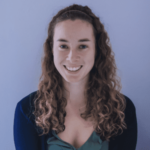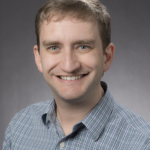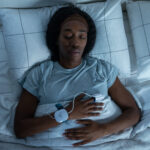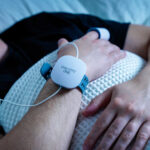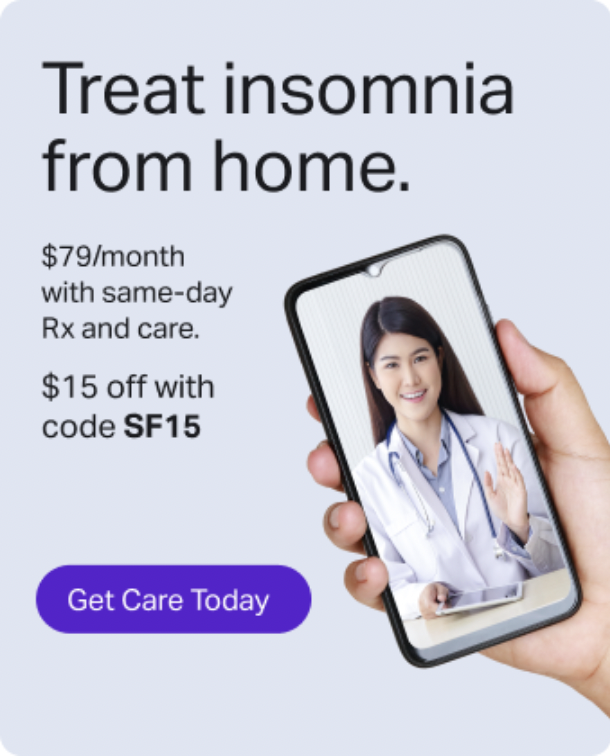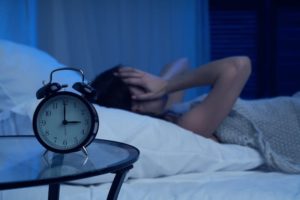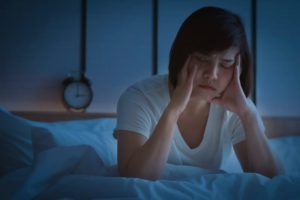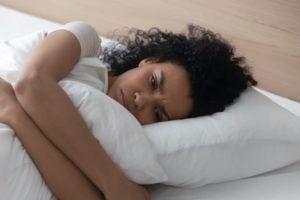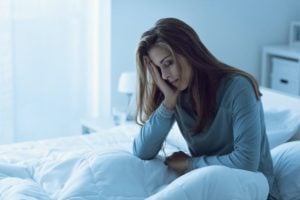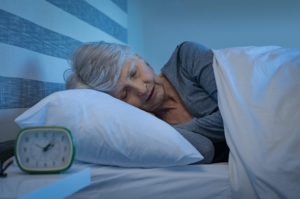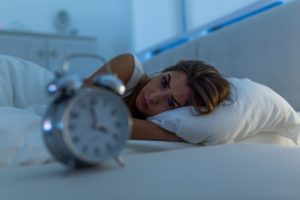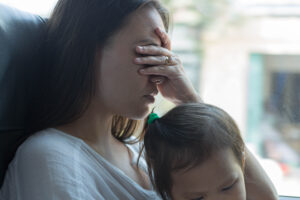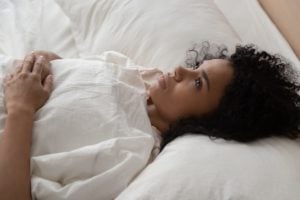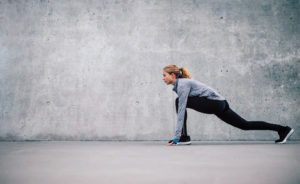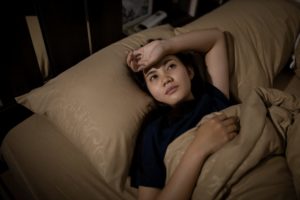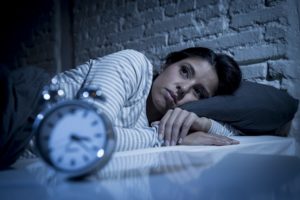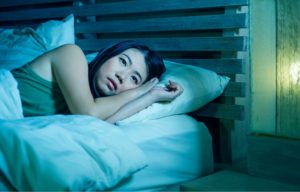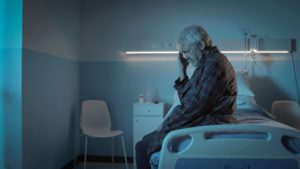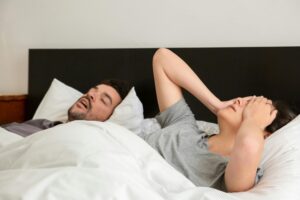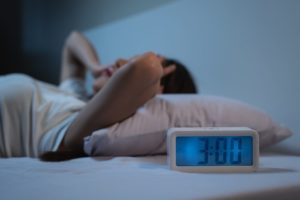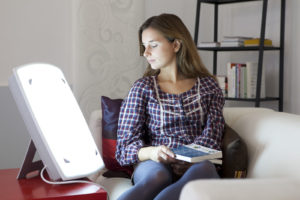When you buy through our links, we may earn a commission. Products or services may be offered by an affiliated entity. Learn more.
Psychophysiological Insomnia
- Psychophysiological insomnia is a medical term used to describe insomnia linked to excessive worry about sleep.
- Though it’s no longer the recommended term, many people continue to feel anxiety about sleep that can exacerbate insomnia.
- The preferred treatment for insomnia is cognitive behavioral therapy for insomnia (CBT-I), which includes relaxation techniques, scheduled worry time, and sleep consolidation.
For some people, insomnia isn’t just about not sleeping — it becomes a learned pattern where anxiety and hyperarousal keep the brain stuck “on.” In the past, this was referred to as psychophysiological insomnia. However, the term is no longer used in formal diagnoses.
While the terminology has changed, the underlying symptoms of psychophysiological insomnia still impact many people. Worrying about sleep has the potential to worsen sleeping problems, which already affect as many as 50% of people and can dramatically impact quality of life .
Struggling to Stay Awake? Take an At-Home Sleep Test
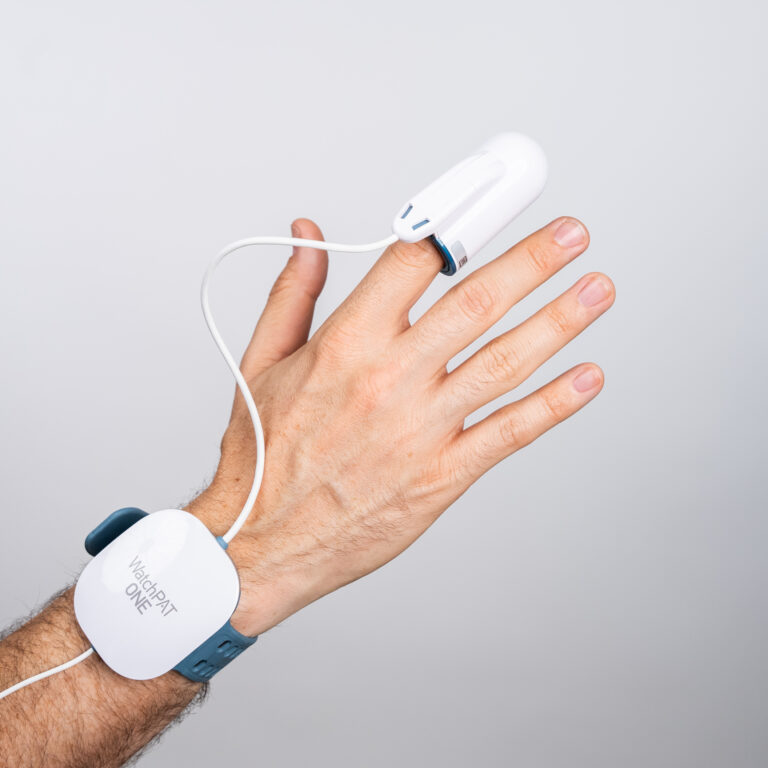
our partner at sleepdoctor.com
Black Friday Sale: 20% off Home Sleep Tests
Buy Now“Truly grateful for this home sleep test. Fair pricing and improved my sleep!”
Dawn G. – Verified Tester
What Is Psychophysiological Insomnia?
Although the term is no longer part of the formal medical lexicon, psychophysiological insomnia has been used to refer to sleeping problems linked to stress about sleep itself .
At the most basic level, insomnia occurs when a person has trouble falling asleep or staying asleep. But while many people use the term loosely in everyday conversation, doctors and researchers rely on formal definitions crafted by the American Academy of Sleep Medicine (AASM) in the International Classification of Sleep Disorders (ICSD).
In prior versions of the ICSD, psychophysiological insomnia was one of many subtypes of insomnia distinguished by their suspected cause. Under the old categorization, psychophysiological insomnia involved worrying excessively about the negative effects of not getting enough sleep, which prevented a person from being able to relax at bedtime. Racing thoughts and physical tension could make it seem impossible to sleep. As a result, the home bedroom could take on stressful associations, actually making it easier to sleep in in an unfamiliar setting like a hotel room.
Over time, doctors and researchers noted that psychophysiological insomnia often overlapped with other types of insomnia. As a result, the AASM chose to remove the separate definitions of insomnia, including psychophysiological insomnia, in the most recent version of the ICSD. The ICSD now distinguishes between short-term insomnia and chronic insomnia, with chronic insomnia defined as occurring at least three times a week for at least three months.
What Is the Difference Between Psychophysiological Insomnia and Primary Insomnia?
Though the terms are no longer used for diagnosing sleep disorders, in past editions of the ICSD, primary insomnia described any cases of insomnia that were not directly caused by other medical, psychiatric, or sleep disorders, and psychophysiological insomnia was categorized as a type of primary insomnia. Other formerly used subtypes of primary insomnia included:
- Idiopathic insomnia: insomnia with no obvious cause
- Paradoxical insomnia: cases in which a person thinks they’re not sleeping but is objectively measured to be sleeping
- Inadequate sleep hygiene: insomnia linked to habits and routines that interfere with sleep
- Behavioral insomnia of childhood: insomnia stemming from improper sleep training in children
There were also separate categories for people with insomnia triggered by another medical, psychiatric, or sleep disorder or substance use, grouped under the name “secondary insomnia.”
Today, these categories are no longer recommended. Instead, doctors primarily may use the categories of either short-term or chronic insomnia without reference to a specific underlying cause.
Symptoms of Insomnia
By definition, insomnia in adults must involve at least one of the following symptoms:
- Trouble falling asleep
- Waking up excessively throughout the night with difficulty returning to sleep
- Waking up earlier than intended in the morning
These problems occur even though a person has sufficient time to sleep and a bedroom environment that is adequate for good sleep. In other words, people with insomnia have the time and opportunity to sleep, but they still can’t sleep well.
Additionally, a person is only considered to have insomnia if their sleep troubles cause symptoms during waking hours, such as:
- Daytime sleepiness or fatigue
- Trouble concentrating or remembering things
- Problems with coworkers, classmates, family members, or friends
- Mood swings or behavioral problems
- A higher-than-expected rate of accidents and errors
- Lack of motivation
- Worrying about sleep
The last criterion, worrying about sleep, is the one that applies most closely to what in the past would have been called psychophysiological insomnia. But in the current version of the ICSD, worrying about sleep is considered a common component of insomnia for many people.
People with insomnia often spend time during the day worrying about their sleep and experience anxiety at bedtime. Because of past sleep difficulties, the familiar bedroom setting or the knowledge that it’s time to go to sleep can act as triggers for stress and worrying. It can build gradually as bedtime approaches.
What Causes Psychophysiological Insomnia?
Traditionally, psychophysiological insomnia was understood to develop in people whose sleeping problems were caused or amplified by stress about sleep. As they start to get anxious about what will happen if they don’t get enough sleep – such as the fear of performing badly on an exam or making a mistake during work – these worries make it even more difficult to fall asleep, causing a vicious cycle.
Since researchers no longer divide insomnia into the old subtypes, there isn’t much recent research on the specific causes of psychophysiological insomnia. But the general belief among many experts is that insomnia is linked to hyperarousal of the nervous system .
During both the day and night, people with insomnia may exhibit a faster heart rate, heightened metabolism, higher stress hormone levels, faster brain waves, and higher body temperature. These characteristics are part of the body’s fight-or-flight system, and they indicate that the body and mind are having trouble relaxing. Continued activation of the nervous system at night is believed to interfere with the ability to fall asleep and stay asleep.
“People with insomnia may be described as being tired but wired,” says sleep medicine specialist Brandon Peters, MD.
Scientists are still in the process of researching how genes, lived experiences, and brain structure and function can influence the risk of developing insomnia . Insomnia often occurs alongside other health conditions such as depression and anxiety, and some experts believe these conditions may share certain underlying connections.
“It may also coexist with sleep apnea, associated with the increased cortisol levels that trigger awakenings and occur due to the breathing disruptions,” Dr. Peters says.
How Can You Treat Psychophysiological Insomnia?
There are many different treatments for insomnia, including therapy, sleep hygiene changes, and prescription medications .
Cognitive Behavioral Therapy for Insomnia (CBT-I)
Cognitive behavioral therapy for insomnia (CBT-I) is one of the most common and effective treatments for insomnia . Over the course of six weeks or more, CBT-I aims to change a person’s sleep-related thoughts and behaviors through a set of different techniques under the guidance of a trained professional or learned through self-guided online courses, apps, and books.
Relaxation techniques like breathing exercises, progressive muscle relaxation, and guided imagery are a common component of CBT-I, and learning to relax may help counteract worries about sleep that are common in people with symptoms of psychophysiological insomnia. It may also help as a distraction to reduce racing thoughts at night. Talk therapy may also help decrease anxiety related to sleep.
“Sleep consolidation (or sleep restriction) and stimulus control are two other important aspects of CBT-I,” Dr. Peters says. “And scheduled worry time, a buffer zone, and morning light exposure are also key features.”
Evidence suggests CBT-I can help with falling asleep faster and sleeping more soundly, with benefits lasting over the long term. It also has a low risk of side effects. CBT-I techniques are thought to work best when used in conjunction with each other, rather than using one technique on its own. It’s important to know that it may take multiple sessions of CBT-I before sleep starts to improve.
Sleep Hygiene
Sleep hygiene refers to a set of both daytime and nighttime behaviors and routines that help pave the way for better sleep. These might include setting a regular sleep schedule, exercising regularly, reducing caffeine and alcohol intake, and ensuring the bedroom is a proper temperature and free of excess light and noise.
While improving sleep hygiene alone is not usually enough to cure insomnia, it often works in concert with other aspects of CBT-I.
Medication
For some people, prescription medications may improve insomnia symptoms. Since medication can lead to side effects, sleep doctors recommend trying CBT-I first. Sleep medication is designed for short-term use of around two weeks but potentially up to four or five weeks.
Can You Prevent Psychophysiological Insomnia?
There’s no single way to prevent insomnia or the worrying about sleep that is associated with psychophysiological insomnia. However, establishing good sleep hygiene can help promote better nightly sleep .
Practicing healthy sleep habits, including finding ways to relax before bed, can help get your sleep on track and may prevent sleep-related worries from leading to chronic insomnia . If sleeping problems start affecting your daily life and activities, talk to your healthcare provider for more specific guidance and recommendations.

Still have questions? Ask our community!
Join our Sleep Care Community — a trusted hub of sleep health professionals, product specialists, and people just like you. Whether you need expert sleep advice for your insomnia or you’re searching for the perfect mattress, we’ve got you covered. Get personalized guidance from the experts who know sleep best.
References
11 Sources
-
Sateia, M. J., Buysse, D. J., Krystal, A. D., Neubauer, D. N., & Heald, J. L. (2017). Clinical practice guideline for the pharmacologic treatment of chronic insomnia in adults: An American Academy of Sleep Medicine clinical practice guideline. Journal of Clinical Sleep Medicine, 13(2), 307–349.
https://pubmed.ncbi.nlm.nih.gov/27998379/ -
A.D.A.M. Medical Encyclopedia. (2021, April 1). Insomnia. MedlinePlus.
https://medlineplus.gov/ency/article/000805.htm -
American Academy of Sleep Medicine. (2014). The International Classification of Sleep Disorders – Third Edition (ICSD-3). Darien, IL.
https://aasm.org -
Dohnt, H., Gradisar, M., & Short, M. A. (2012). Insomnia and its symptoms in adolescents: Comparing DSM-IV and ICSD-II diagnostic criteria. Journal of Clinical Sleep Medicine, 8(3), 295–299.
https://pubmed.ncbi.nlm.nih.gov/22701387/ -
Aquino, G., Benz, F., Dressle, R. J., Gemignani, A., Alfì, G., Palagini, L., Spiegelhalder, K., Riemann, D., & Feige, B. (2024). Towards the neurobiology of insomnia: A systematic review of neuroimaging studies. Sleep Medicine Reviews, 73, 101878.
https://pubmed.ncbi.nlm.nih.gov/38056381/ -
Van Someren E. J. W. (2021). Brain mechanisms of insomnia: New perspectives on causes and consequences. Physiological Reviews, 101(3), 995–1046.
https://pubmed.ncbi.nlm.nih.gov/32790576 -
Edinger, J. D., Arnedt, J. T., Bertisch, S. M., Carney, C. E., Harrington, J. J., Lichstein, K. L., Sateia, M. J., Troxel, W. M., Zhou, E. S., Kazmi, U., Heald, J. L., & Martin, J. L. (2021). Behavioral and psychological treatments for chronic insomnia disorder in adults: an American Academy of Sleep Medicine systematic review, meta-analysis, and GRADE assessment. Journal of Clinical Sleep Medicine: JCSM: Official Publication of the American Academy of Sleep Medicine, 17(2), 263–298.
https://pubmed.ncbi.nlm.nih.gov/33164741/ -
Martin, J. L., & Neubauer, D. N. (2024, October 17). Patient education: Insomnia treatments (Beyond the basics). In R. Benca (Ed.). UpToDate.
https://www.uptodate.com/contents/insomnia-treatments-beyond-the-basics -
Qaseem, A., Kansagara, D., Forciea, M. A., Cooke, M., Denberg, T. D., & Clinical Guidelines Committee of the American College of Physicians (2016). Management of Chronic Insomnia Disorder in Adults: A Clinical Practice Guideline From the American College of Physicians. Annals of internal medicine, 165(2), 125–133.
http://annals.org/article.aspx?doi=10.7326/M15-2175 -
National Heart, Lung, and Blood Institute. (2022, March 24). Insomnia: Causes and Risk Factors.
https://www.nhlbi.nih.gov/health/insomnia/causes -
National Heart Lung and Blood Institute. (2011, September). In Brief: Your Guide to Healthy Sleep.
https://www.nhlbi.nih.gov/resources/your-guide-healthy-sleep
